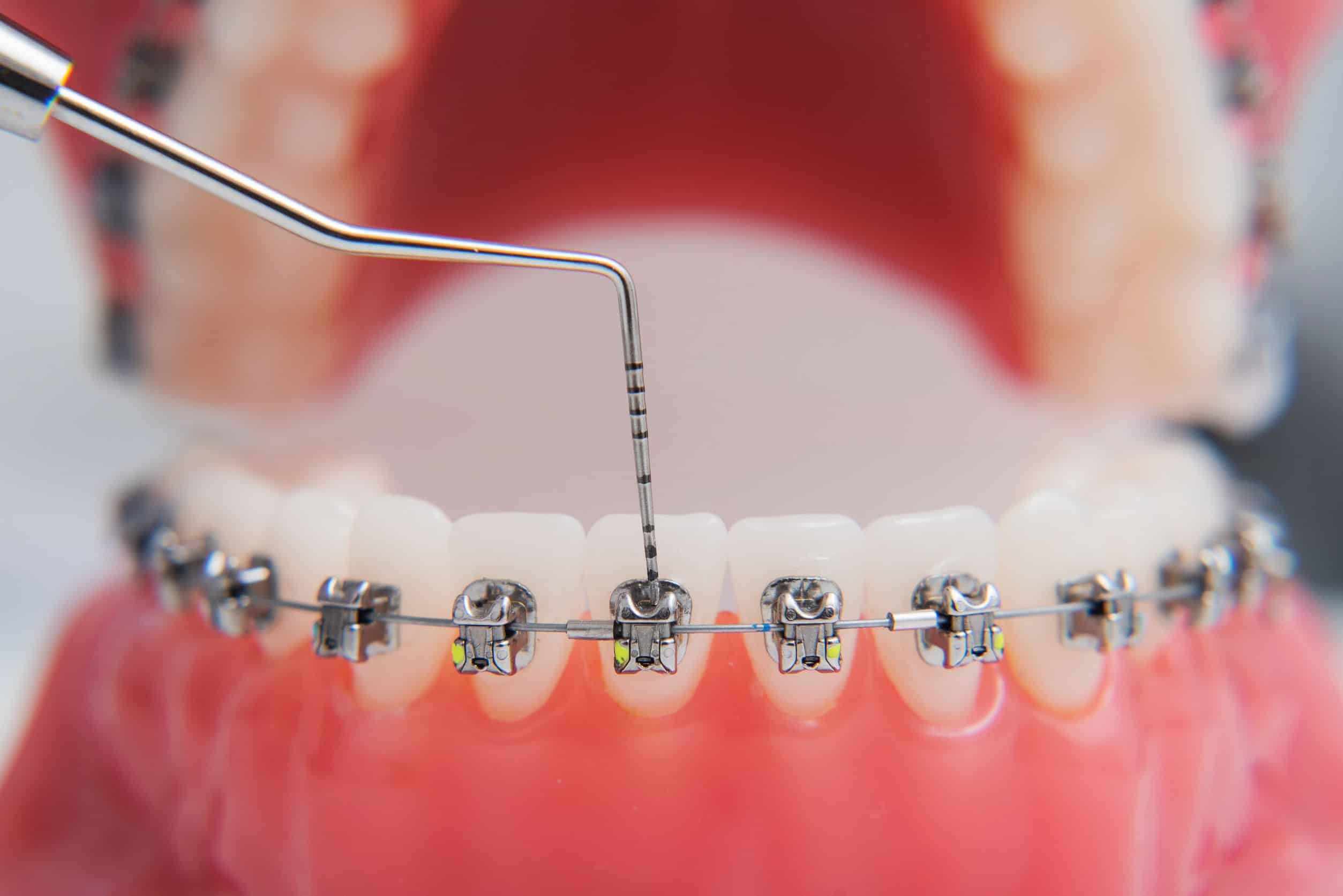7 Easy Facts About Legacy Orthodontics Described
7 Easy Facts About Legacy Orthodontics Described
Blog Article
About Legacy Orthodontics
Table of ContentsMore About Legacy OrthodonticsThe Ultimate Guide To Legacy OrthodonticsWhat Does Legacy Orthodontics Mean?7 Simple Techniques For Legacy OrthodonticsUnknown Facts About Legacy Orthodontics
At Advanced Orthodontics, we provide patients with a holistic therapy experience. On top of that, we provide adjustable therapy routines, versatile settlement alternatives and a fun, enjoyable experience. braces. Telephone call ( 480) 357-4900 today to learn more and timetable a visit.An orthodontist is a dental professional trained to diagnose, avoid, and deal with teeth and jaw abnormalities. Orthodontists function with individuals of all ages, from kids to adults.
Malocclusion, or misaligned teeth, can lead to dental issues, consisting of dental caries, periodontal disease, and challenging or unpleasant eating. Yet not every person is birthed with straight teeth. If you have a poor bite or large areas in between your teeth, you may want to get in touch with a dentist specializing in orthodontic care.
The Single Strategy To Use For Legacy Orthodontics
( Image Credit History: DigitalVision/Getty Images) Orthodontists utilize dealt with and removable oral devices, like braces, retainers, and bands, to change the setting of teeth in your mouth. Orthodontic treatment is for dental abnormalities, consisting of: Jagged teethBite troubles, like an overbite or an underbiteCrowded teeth or teeth that are too much apartJaw misalignmentThe objective of orthodontic treatment is to enhance your bite.
A healthy and balanced bite guarantees you can eat, chew, and talk correctly. While you could think about orthodontists as mostly for kids or teens that need braces, they can deal with dental troubles at any age. Orthodontists go to college, oral school, and orthodontic school. After college graduation, they invest 2 or 3 years in an orthodontic residency program.
All orthodontists are dental experts, however not all dental professionals are orthodontists. Orthodontic residency programs offer extensive, concentrated instruction for dental experts. They focus on two areas: Just how to effectively and safely relocate teeth Just how to properly assist development in the teeth, jaw, and faceOnce an orthodontist has actually completed training, they have the choice to become board accredited.
Legacy Orthodontics for Dummies
Imbalance, or malocclusion, is one of the most typical reason people see an orthodontist. It is genetic and is the result of dimension distinctions between the upper and lower jaw or between the jaw and teeth. Malocclusion brings about tooth overcrowding, a misshapen jaw, or irregular bite patterns. Malocclusion is usually treated with: Your orthodontist connects steel, ceramic, or plastic square bonds to your teeth.
Some people require a headgear to help relocate teeth right into line with stress from outside the mouth. A retainer is a personalized tool that maintains your teeth in area.
They're usually made use of on youngsters. They can produce additional room in the mouth without needing to pull teeth. If you have a severe underbite or overbite, you may require orthognathic surgical treatment (likewise called orthodontic surgical treatment) to lengthen or reduce your jaw. Orthodontists make use of wires, surgical screws, or plates to support your jaw bone.
You may need to see an orthodontist if you have: Crowding or otherwise enough space for every one of your teethOverbite, when your upper teeth come your bottom teethUnderbite, when your bottom teeth are also far forwardSpacing or issues with gapsCrossbite, which is when your top teeth fit behind your base teeth when your mouth is closedOpen bite or a vertical gap between your front bottom and upper teethMisplaced midline, when the center of your base and top teeth do not line up Remedying a dental malocclusion can: Make biting, chewing, and talking easierImprove the balance of our face and your total appearanceEase pain from temporomandibular joint problemsSeparate your teeth and make them less complicated to clean up, helping avoid tooth decay or tooth cavities It's often a dental practitioner who first notices misaligned teeth throughout a routine examination.
Legacy Orthodontics for Dummies

During your very first orthodontic examination, you'll likely have: A dental examPhotos taken of your face and smileDental X-raysPanoramic (360 level) X-rays of your face and headImpressions to develop mold and mildews of your teethThese tests will assist your orthodontist recognize just how to continue with your therapy. leesburg braces. An orthodontist is a dental practitioner who's had training to treat your teeth and jaw
Orthodontists might carry out surgical procedure, exams,X-rays,and more to assist you obtain an extra comfy, healthier smile. An orthodontist is concentrated on your bite, so something like a chipped tooth would certainly be dealt with by a dental practitioner. Orthodontists are dental practitioners however not all dentists are orthodontists. Orthodontists are focused on your bite, or the way your teeth meshed, and the straightness of your teeth.
Ever before asked yourself exactly how celebs navigate to these guys constantly appear to have flawlessly straightened teeth? Orthodontists are oral specialists who concentrate on fixing irregularities in the teeth and jaws.
The Legacy Orthodontics Statements

While braces are one of the most commonly identified orthodontic therapy, orthodontists have a diverse toolkit at their disposal. The certain method selected depends on the severity of the case, the patient's age, and specific preferences. These tried-and-true dental braces utilize a system of brackets bound to the teeth and attached by wires.
These detachable trays are personalized to considerably shift the teeth's position. In situations of narrow jaws, palatal expanders can be utilized to create room for appropriate tooth positioning.
Report this page